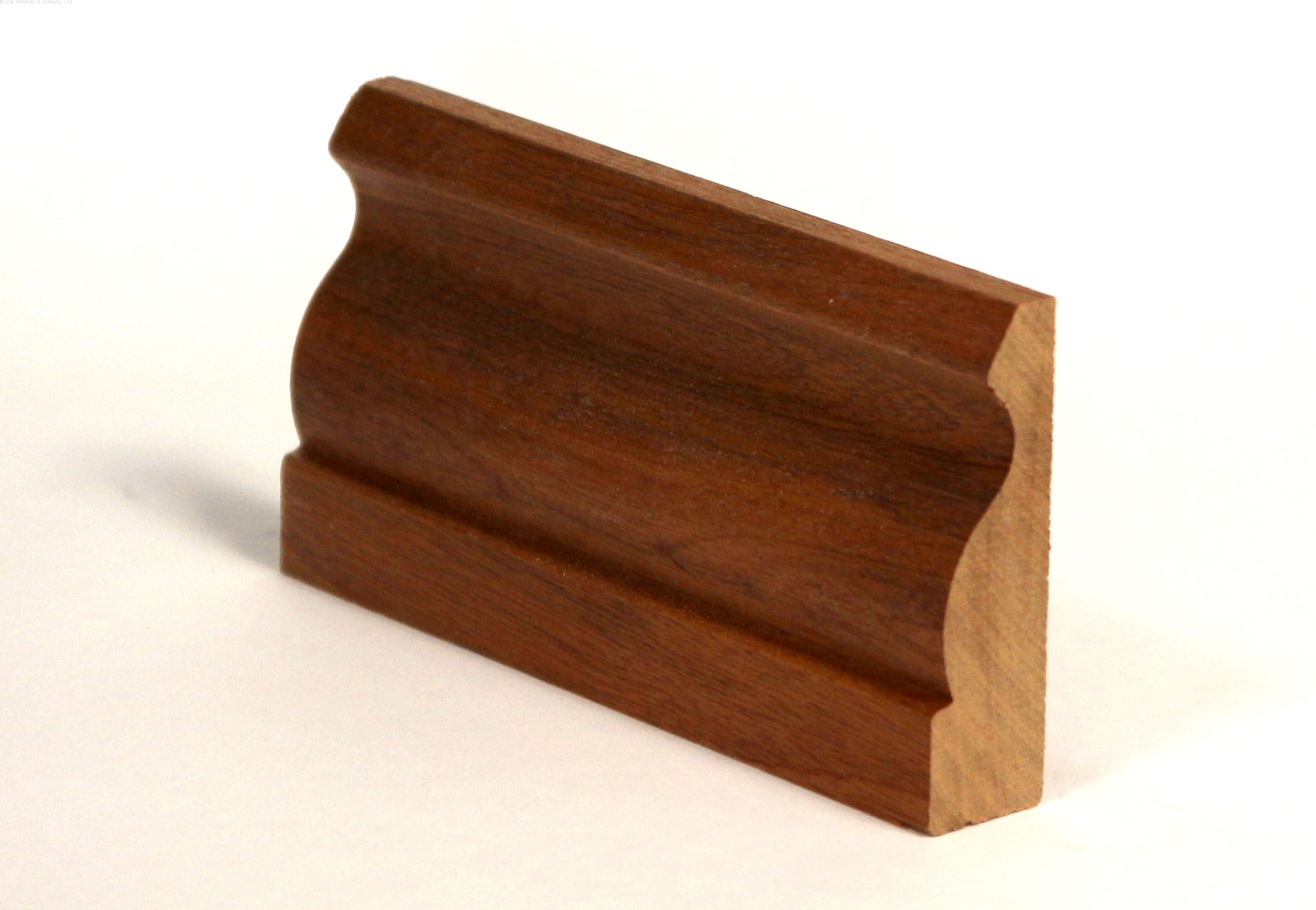Skirting boards are often overlooked when designing, or redesigning the interior of a home. Most of us live our lives ignoring those little pieces of timber which run along the walls. But while skirting boards don’t draw your attention in any particular way they do play an important role in the interior design and the look and feel of a property.
Skirting boards, along with architraves, frame your room. They create a distinct divide between the walls and floors, and are an important finishing element.
What are Skirting Boards for?
The purpose of skirting boards is not known by many and in recent years, some properties are attempting to go “skirting free”. Whilst a fresh room without skirting boards can look very beautiful, over time you are just asking for trouble.
When a floor is laid, it is often difficult to lay the floor all the way to the wall leaving a gap. Further, depending on the type of floor you have, it will swell and shrink depending on the moisture in the air, age, and many other factors. If your floor is laid tight into the wall it is possible, even likely, that the floor will raise up and buckle with the increased pressure as it expands. If the floor is left with an expansion gap, a gap which is designed to facilitate the slight swelling and shrinkage of a floor, then you will be left with a gap along the edge of your room.
When a wall is plastered there are similar problems. Most plasterers will leave a gap at the bottom of the wall for expansion, but also to allow the wall to breathe. Moisture can cause a lot of problems in houses and leaving just a small gap at the base of the plaster can make a big difference. But what we are left with is either an intentional gap, or over time cracks will form along the bottom edge of the wall.
The solution, is to cover these gaps with a skirting board.
The Style you are After:
The style of room you are after should play a big role in the types of skirting boards you choose. A simple office, for example, would be best suited by using a small and rather understated skirting board with a simple white paint. An office where clients will be seen might benefit from something a little more grand, such as an Oak skirting board.
If you want a traditional look in your home, then you will probably be better off choosing a tall skirting board with an ornate profile. Most traditional skirting boards are painted white these days, however you can also choose a timber finish.
If you are creating a room with a fusion of modern and a country look, then lacquered oak skirting boards on a white wall can create a very crisp high quality look.
A modern look on the other hand might benefit from a medium sized skirting board with a sharper profiling, such as containing horizontal grooves, and even painting them a darker colour such as a grey, can make a big statement in a modern property.
The best way to choose the right skirting boards for you is to look at pictures of properties which have the look you are after and then searching for a skirting board which matches the designs you like best.
